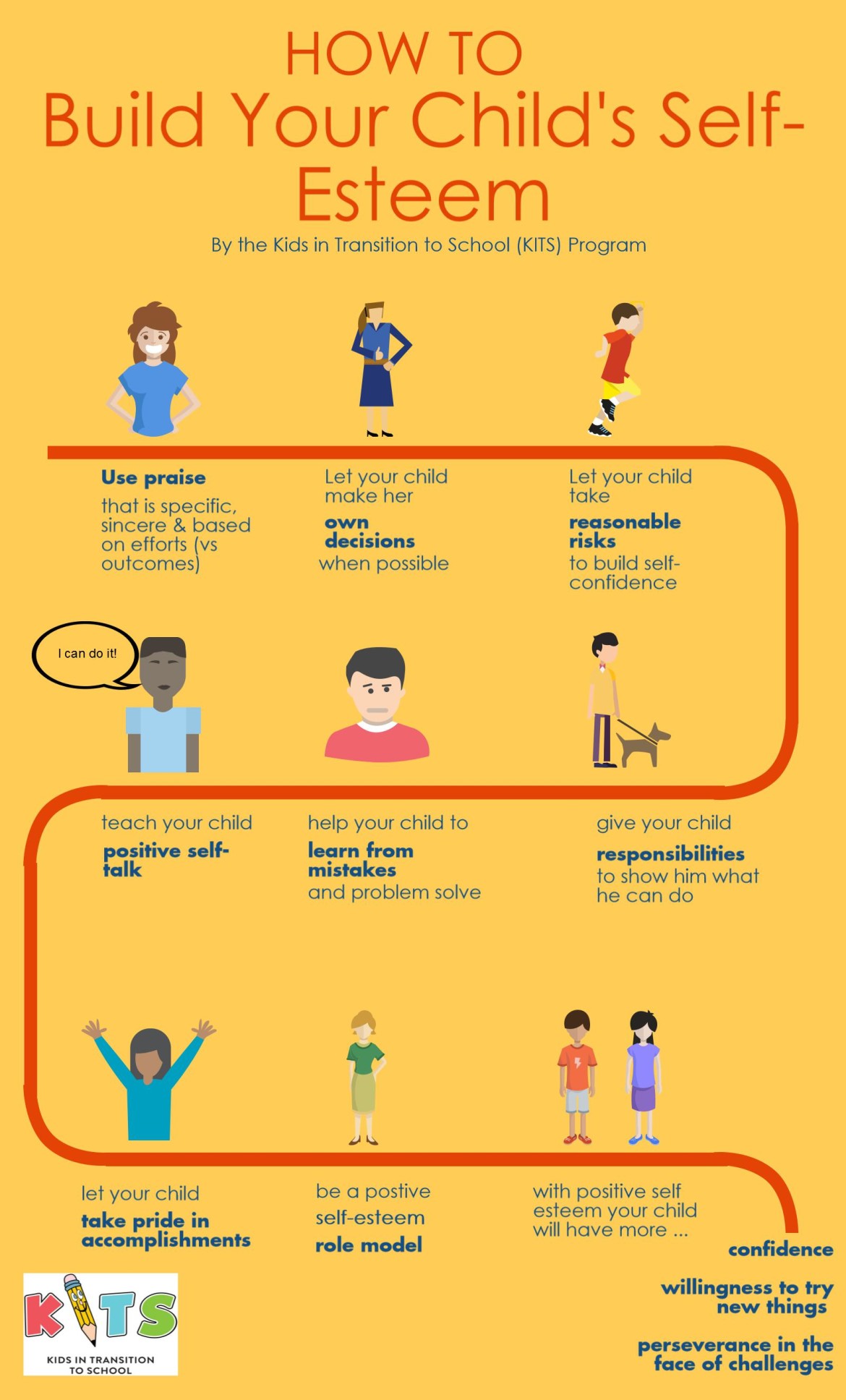How to Boost Confidence in Middle School Students
Boosting confidence in middle school students is crucial for their overall development and well-being. Navigating the social and emotional challenges of this period can be overwhelming, leading to feelings of inadequacy and low self-worth. This article explores practical strategies to cultivate confidence in middle school students, covering essential elements like self-esteem building, positive self-talk, and a supportive environment. We will delve into the importance of social-emotional learning, resilience, and the role of parents and educators in this process. The structure of this article includes practical advice for educators and parents, as well as concrete strategies that can be implemented in the classroom.
The Importance of Confidence in Middle School
Understanding the Middle School Landscape
Middle school is a pivotal period of development. Students face significant changes in their social and academic lives, which can significantly impact their self-perception. The pressure to fit in, navigate new friendships, and excel academically can be overwhelming, potentially hindering their development of self-assurance. Middle schoolers are particularly vulnerable to peer pressure and social comparison. The pressure to conform to social norms, as well as comparisons to the perceived success of peers, often leads to feelings of inadequacy. Academic expectations rise, and managing academic stress becomes paramount to their overall well-being.
Fostering Self-Esteem
Building a Positive Self-Image
A key component of boosting confidence is fostering self-esteem. By focusing on their strengths and abilities, middle school students can develop a positive self-image. Encourage them to identify their talents, interests, and unique qualities, and use these qualities to build resilience in overcoming challenges. Middle schoolers often experience self-doubt due to perceived shortcomings; addressing these insecurities is crucial. One method involves praising effort and celebrating progress, not solely outcomes.
Setting Realistic Goals
Helping students establish achievable goals, both academic and social, is pivotal in boosting confidence. Students need to understand their strengths and identify realistic expectations. When they succeed, it reinforces a positive self-perception. Starting with small, manageable goals can lead to greater self-assurance as they build upon past successes.
The Power of Positive Self-Talk
Recognizing Negative Thoughts
Middle schoolers often engage in negative self-talk that undermines their confidence. Identifying these negative thought patterns is the first step in challenging them. Help students become aware of their self-critical thoughts and how they affect their actions. Journaling is a useful method to gain insight and acknowledge negative thoughts. This exercise can help them recognise and address negative internal dialogue.
Creating a Supportive Environment
The Role of Educators
Educators play a vital role in creating a supportive environment that fosters confidence. By demonstrating empathy, showing understanding of their anxieties, and communicating a sense of inclusivity, schools can instill confidence. Teachers can also use positive reinforcement and provide opportunities for students to demonstrate their strengths. Classroom environments should be collaborative and supportive. Encouraging participation and collaboration allows students to learn from each other and experience the value of teamwork, which in turn builds self-assurance.
Social-Emotional Learning Strategies
Building Emotional Intelligence
Social-emotional learning (SEL) is crucial for developing the skills to navigate social situations with confidence. By teaching students emotional intelligence and recognizing emotions and expressing them effectively, students are better able to manage peer pressure, maintain positive relationships, and build self-assurance in social settings. This often includes identifying various triggers and implementing strategies to manage them.
Developing Resilience
Coping With Challenges
Middle school is a time of significant challenges. Fostering resilience helps students navigate these difficulties with greater confidence. Teach students problem-solving strategies, teach them how to identify and manage stress, and encourage them to view challenges as opportunities for growth. Resilience is essential for building emotional fortitude, empowering students to view setbacks as chances to learn and improve.
The Parents’ Role
Building a Partnership
Parents play an equally significant role in cultivating confidence in middle schoolers. Open communication, active listening, and consistent support are essential. Parents must ensure that they create a supportive environment at home. They need to reinforce the importance of their children’s strengths and resilience and encourage them to take responsibility for their actions.
Promoting Healthy Self-Care
Integrating Mindfulness Practices
Integrating mindfulness practices into their daily routines can be highly beneficial. Mindfulness encourages self-awareness and promotes emotional regulation. Help students appreciate their strengths and resilience, fostering a positive view of themselves.
Conclusion:
Reflecting on the Strategies
Cultivating confidence in middle school is crucial for their overall success and well-being, and these strategies will prove valuable for building positive traits such as resilience and self-assurance. Educators and parents must collaborate and work together in creating a supportive environment to help build their confidence. By creating a supportive environment and incorporating these strategies into the educational system, we can significantly impact their growth and development by helping to bolster self-esteem and self-assurance, thereby empowering them to navigate middle school with greater confidence and resilience. Embrace challenges as learning opportunities and celebrate small victories! Ultimately, by focusing on their strengths, recognizing negative self-talk, and fostering a supportive environment, we can create a positive and empowering experience for middle schoolers. By providing tools and strategies, we empower these students to succeed in the future.
In conclusion, boosting confidence in middle school students is a multifaceted process requiring a multifaceted approach. By nurturing self-esteem, promoting positive self-talk, and fostering a supportive environment, educators and parents can significantly impact a student’s journey to greater self-assurance. Remember to celebrate small victories and encourage students to embrace challenges. If you’d like to delve deeper into these strategies or need further guidance, consider seeking resources and workshops designed specifically for middle school students. This will equip them with the tools they need to navigate the complexities of middle school with greater confidence and resilience.
Share this content:




Post Comment